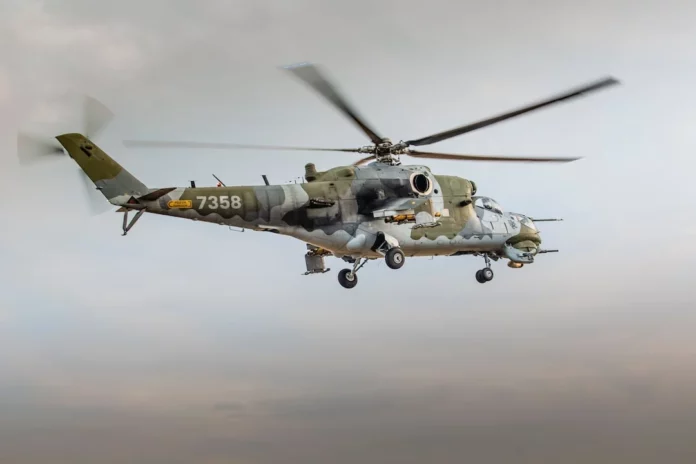In the world of aviation, safety is paramount. The aviation industry continuously strives to improve upon existing safety measures and implement new ones to enhance the protection of passengers and aircrew. One such measure is the implementation of Reduced Horizontal Separation Minimal (RHSM). RHSM is a concept that affects the spacing between aircraft during flight, ensuring safe distances are maintained between them. In this article, we will explore the significance of RHSM in aviation and its impact on safety.
The Importance of Reduced Horizontal Separation Minimal (RHSM)
Reduced Horizontal Separation Minimal (RHSM) plays a crucial role in aviation safety by minimizing the distance between aircraft flying at higher altitudes. The international standard for RHSM is 15 nautical miles (NM), which is the minimum acceptable separation between aircraft horizontally. This reduction from the previous standard of 30 NM allows for more efficient use of airspace and increases the capacity of air traffic control systems to handle larger volumes of traffic.
The implementation of RHSM has been made possible by advancements in technology, such as the use of satellite-based navigation systems and updated air traffic control procedures. These advancements provide pilots with more accurate position information, reducing the reliance on ground-based navigation aids and enabling more precise aircraft separation.
An important factor to consider with RHSM is the use of Automatic Dependent Surveillance-Broadcast (ADS-B) technology. ADS-B allows aircraft to continuously broadcast their position, speed, and other relevant information to air traffic control and nearby aircraft. This real-time data exchange enhances situational awareness and enables air traffic controllers to maintain safe separation between aircraft more effectively.
With RHSM, airlines can optimize their flight paths and reduce fuel consumption, resulting in cost savings and a more environmentally friendly approach to aviation. By flying closer together, aircraft are able to take advantage of the reduced wake turbulence generated by the preceding aircraft, further enhancing efficiency and safety.
The Role of Air Traffic Control and RHSM
Air traffic control (ATC) plays a pivotal role in implementing and managing RHSM. ATC controllers utilize radar monitoring and communication systems to ensure aircraft operate within the designated separation limits. They closely monitor the position and movement of each aircraft, maintaining safe distances by issuing instructions, such as altitude changes and speed adjustments, to pilots.
In addition to radar monitoring, air traffic controllers rely on automation systems that utilize advanced algorithms to predict potential conflicts between aircraft. These systems provide early warnings to controllers, allowing them to take proactive measures to avoid any impending issues.
During times of high air traffic demand, the increased capacity provided by RHSM is instrumental in managing the flow of aircraft. By reducing the minimum separation distance, airports can handle more departures and arrivals within a given timeframe. This results in improved efficiency, fewer delays, and enhanced overall operational performance.
The Future of Reduced Horizontal Separation Minimal (RHSM)
The implementation of Reduced Horizontal Separation Minimal (RHSM) has revolutionized the aviation industry by significantly improving safety and operational efficiency. However, with the continuous growth of air travel, the need for even more advanced separation systems is evident.
One such future development is the concept of Dynamic Airborne Rerouting (DAR). DAR utilizes real-time weather and traffic data to identify potential congestion areas in the airspace and dynamically reroute aircraft to optimize their flight paths. This system provides increased flexibility in adjusting aircraft separation based on real-time conditions, further enhancing safety and efficiency.
Furthermore, ongoing research and development in automation and artificial intelligence may lead to the implementation of fully autonomous air traffic control systems. These systems would employ sophisticated algorithms and machine learning, reducing the reliance on human controllers and potentially enabling even more precise and efficient aircraft separation.
In conclusion, Reduced Horizontal Separation Minimal (RHSM) is a critical concept in aviation safety that enhances the efficiency and capacity of air traffic control systems. By reducing the minimum separation distance between aircraft, RHSM enables optimized flight paths, reduces fuel consumption, and promotes a more environmentally friendly approach to aviation. Furthermore, advancements in technology, such as ADS-B, contribute to the effectiveness of RHSM by providing real-time data exchange and improving situational awareness. With the potential for future developments in systems like DAR and autonomous air traffic control, the aviation industry is continuously striving to further enhance safety and efficiency in the skies.
For More: What is ECU in Aviation? (Engine Control Unit (=Eec))




